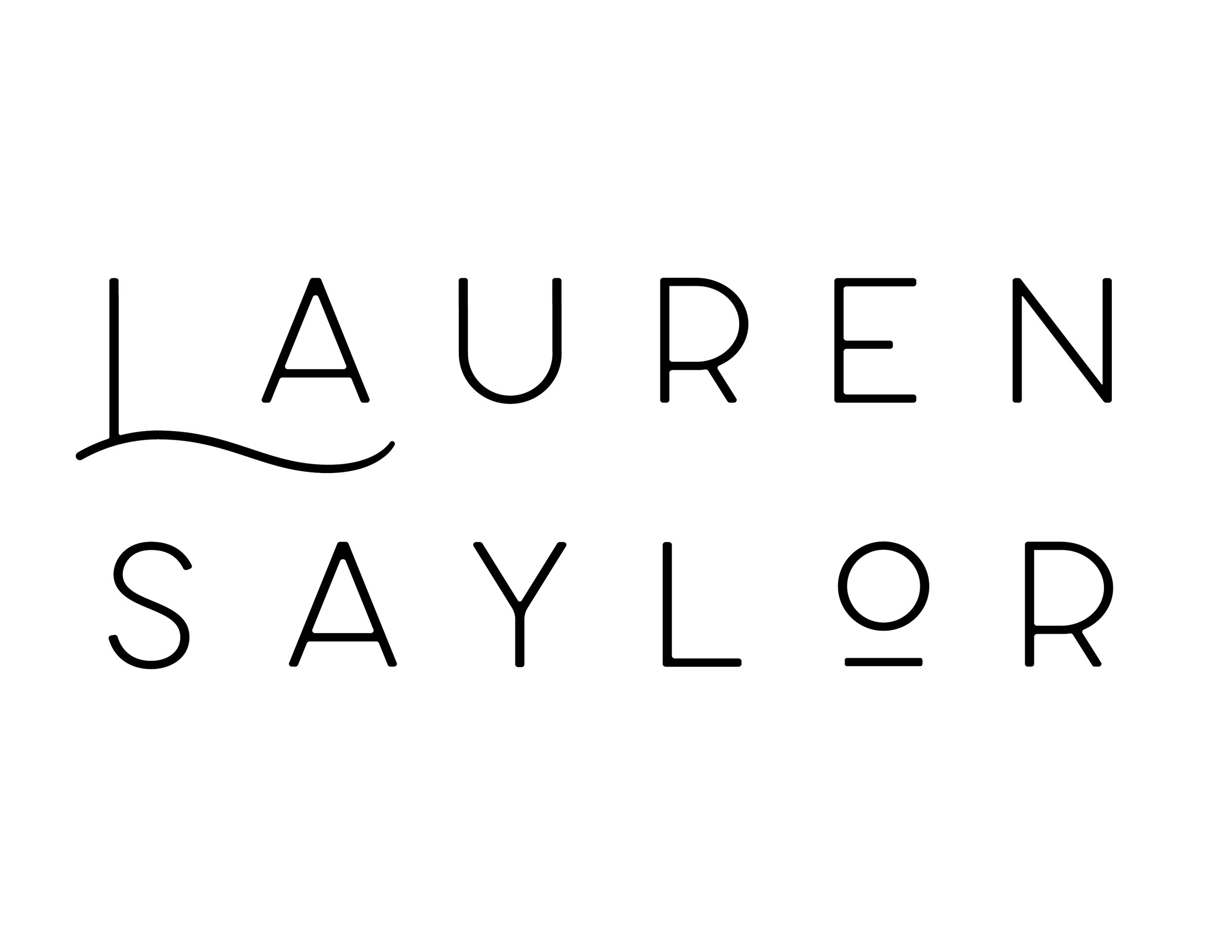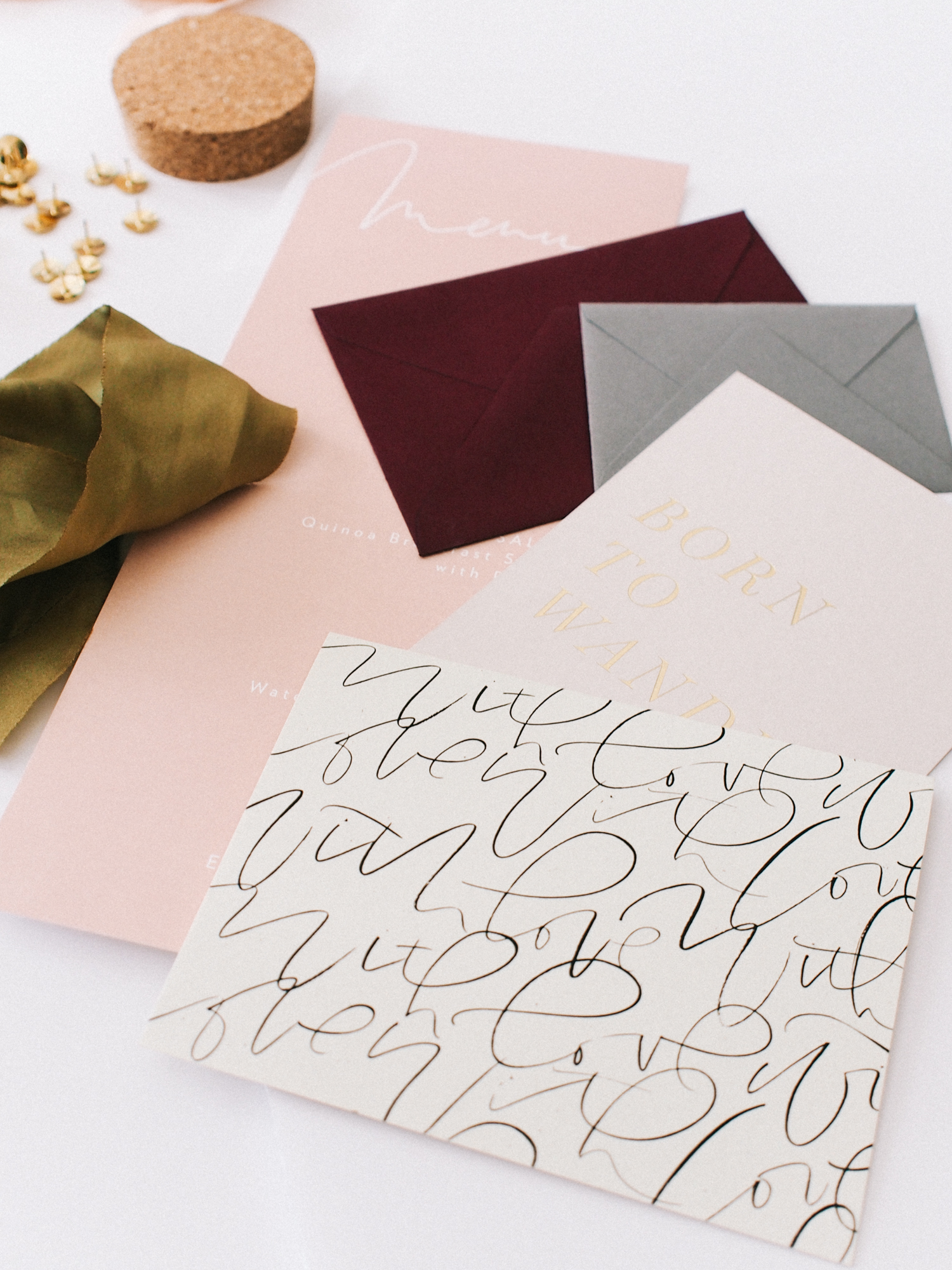Moodboards: Why They Should Always be a Priority and How I Create Mine
I never think too much about it... but maybe that's why they always worked out so well for me. I'm talking about creating moodboards. I mean, scrapbooking was my thang in elementary school, so for me, this is just a grown up version with a little more purpose. However, every time I share a peek at the boards I am creating I get quite a few questions on how and why I make them. So I sat down and really broke down what goes through my head when I'm on the hunt for pieces to complete them, and most importantly share what purpose they serve in my business.
It's probably best to start with why there is a need for these, so WHY I create them in the first place.
You've probably seen my evolving wall of inspiration. This is, and always will be, a wall of cool shit I like at the moment. When I see an image that makes me happy, it goes up. It doesn't matter what color it is or what the subject is. And if you truly have a style that you stick to, going about it this way will always result in something semi-cohesive. If you feel like you haven't found YOU yet, I would recommend trying out this method. Pull images and then go through them, keeping the ones that make you feel excited about something. If they don't, toss them.
But, when it comes to making them for actual clients, I'm a little more picky. I have found that when I send over a moodboard to a client, whether it be for some styling work all the way to wedding stationery, it helps them to feel just as excited about the project as I am. So basically, it's a way of helping them feel some sort of emotion. This can be so important when someone is hiring you blindly for a custom project (and by blindly I mean, you are creating something out of thin air for them... they've obviously seen your work). To do this, it's important to pull images from everywhere, not just your industry. I will typically only include one to two images of lettering styles for example, if I am presenting to a client for a custom wedding suite. I don't want them to get stuck on that image, rather I want to share color palettes, potential details, materials and the mood a suite would make the recipients feel.
So, where do I start?
For client projects, I usually have a general idea of where the project is going, for example, a brand has asked that I style a fall tabletop. From there, I know I should be looking for materials and textures for the tabletop, setting inspiration, florals, colors, outfits guests might wear, cool shot ideas, etc.
I usually don't have a color palette nailed down at first, I let it happen naturally as I see images that make me feel like I am there at the table having cocktails (or whatever it is you are working on). Typically I'll print or pull around 30 images, lay them out and see a pattern forming, then weed out anything that isn't flowing.
One of the questions that someone asked was how do I keep them focused, especially because I am so relaxed when it comes to picking actual images. I think that the mood/tone of the images plus your color palette keeps things cohesive. you don't necessarily have to have images of all of the same thing to keep your board focused, especially if you are just trying to create a mood and communicate it to someone else.
Last, and maybe most important... HOW are they made?
I'm so glad that it looks like these boards have a lot of effort put into them and that they are printed on some fancy printer and paper. But they are NOT! All you need are elmers foam boards (available at any craft store), any printer although I use an HP laser printer, and then just basic printer paper. We literally buy the cheapest paper we can over here. It's nothing special. I usually copy 2 images from their source and paste into a document in photoshop. I increase the size, then print and trim each one. I don't worry much about the quality (which is reduced when you increase the size) since it is just for my personal use. And finally, I love these brass tacks. These small boards are great because you can carry them around with you... while your styling/shooting, lettering or whatever your project might be.
When I am intentionally looking for inspiration, I can never find it. So my best advice for pulling inspiration is to do it everyday, without a goal in mind. My 3 main ways to pull images are pinterest, instagram and magazines. When I hop onto pinterest, I scroll through all of my pins for weeks, months, years... in search of images that inspire me for a specific project. I know that everything there is something I've already fallen in love with, so I don't need to scroll through all the crap around it. But, if this lack of organization scares you, start now by building boards for more broad subjects like "color" or "texture". Then you can go into each when the time comes and pull what you need. On instagram, I usually scroll through my "liked" pictures. Again, same concept as pinterest... I know that I have already shown interest in these images, I liked them for a reason. You can also start now by using the collection function and saving images that inspire you in those broad categories. And last, pulling from magazines is a little more time consuming but can bring in a whole different side of inspiration. I love looking for new ways to lay things out in catalogs, location ideas and styling inspiration. I usually pull these and save them in a file until I need them. I also think something that is very important in this step too, is looking outside of your bubble. Look at fashion blogs, interior mags or follow a food stylist. Your work runs the risk of looking just like everyone else's if you don't open your eyes to other forms of content in different industries.
One of the last questions I had was what happens to these when I am done, and when do I build new ones, so we'll end with that.
When I have larger projects that require me to communicate something through images, this is the first route I will go. I'll make digital versions for clients via email and a real life version for myself. I like being able to see it up close and bring it around with me when I'm working on the project. I usually keep them for a while and display them where there is room. I think if it's still inspiring, why not keep it? When you feel like it's getting stale, remove the pics and start over!
So I guess there are a million ways you could create your own, and another million reasons why. But I hope these tips help you get started and help you stop worrying that you are doing it right... because there isn't one right way to find and present your inspo!







